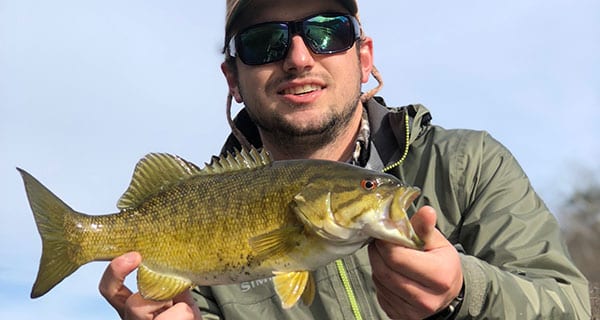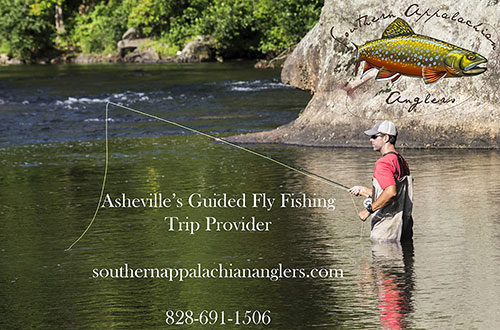Working as an environmental science teacher and as a fly fishing guide, I get a very unique opportunity through both disciplines, to engage and talk about conservation issues. It’s always interesting hearing my student’s and client’s responses to problems such as deforestation and air pollution (to name a few). The problems themselves seem vastly overwhelming, especially when considering the issues that we are currently facing: Atrocious amounts of garbage, sedimentation, and overuse of natural areas here in Western North Carolina. In my opinion, the main stem of why nothing more is being done to help mitigate these occurrences of pollution, of various kinds, is how seemingly large the problems are compared to any endeavors we could make, ourselves, to solve them. Now don’t get me wrong; there are some wonderful conservation groups and individuals who do good work helping to protect the local natural areas and waterways. However, I can’t help but wonder, at times, if we are on the leeward side of the ever increasing battle against pollution here in Western North Carolina.
So, what can be done? I tell my students and my clients that these issues of pollution through sedimentation and trash aren’t going to go away unless we, as the locals and anglers who cherish these places, take responsibility for helping to manage these problems. There are two very simple solutions, that if done in mass, could tackle the biggest threats of trash and over sedimentation in our waterways. Trash in the form of plastics, Styrofoam, and other forms of inorganic chemical compounds will never truly break down, and will result in them entering the bodily systems of aquatic plants and animals alike. Think about how often, on any given fishing trip, you have noticed some sort of trash laying on the bank, and the opportunity that you had to remove it but didn’t, or conversely, how many times you’ve either thrown a plastic bottle or foam cup out the window? (I’m positive everyone is guilty of doing that at least once). A very simple solution for this issue is to just simply avoid littering and to make a conscious effort to remove any trash that you see while you’re on the water. Most of the largest concentrations of trash are found along the trailheads of streams. The impacts of everyone putting in an effort to remove any trash that is seen would be outstanding for the overall health of our ecosystem.
Now, the issue of sedimentation requires hardly any work whatsoever if you have any property with water flowing through it. All waterways have what is called a riparian zone, which is an area of plant growth which prevents runoff from entering a stream while at the same time keeping the bank from eroding away. Mowing or clearing vegetation along this riparian zone can result in excess erosion which leads to unhealthy amounts of sediment in an aquatic ecosystem. An easy way to maintain these areas is to simply not mow or cut them down, and allow vegetation to grow. Areas with healthy riparian zones see healthier amounts of aquatic life and increased amounts of water quality, along with greater property values.
These are two very simple solutions that anyone, whether you’re an angler or just someone who cares about the environment, can engage in to make a difference in the health and beauty of our mountains and rivers. I hope, one day, that enough of us will understand how individual responsibility and action can lead to a great victory for conservation here in Western North Carolina.
Ethan Hollifield is an Environmental/Physical Science Teacher and is also a guide for Southern Appalachian Anglers.

